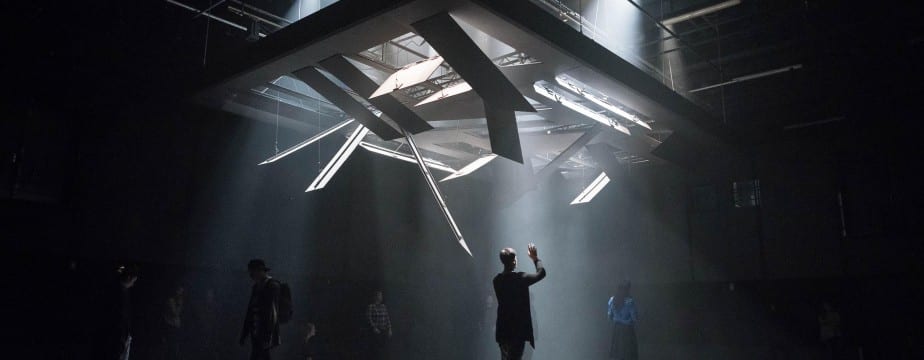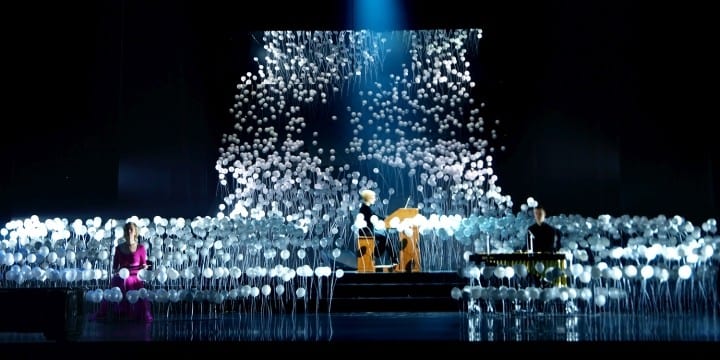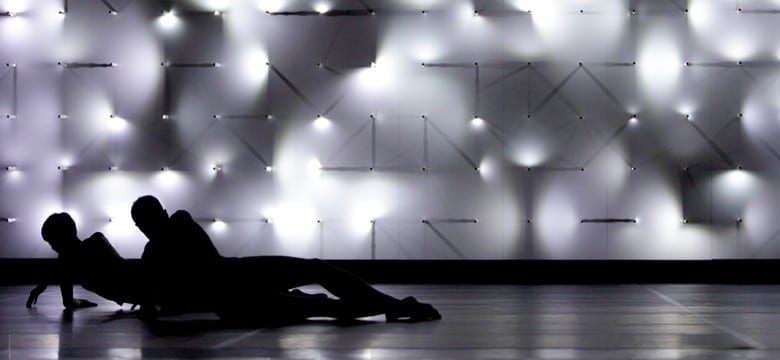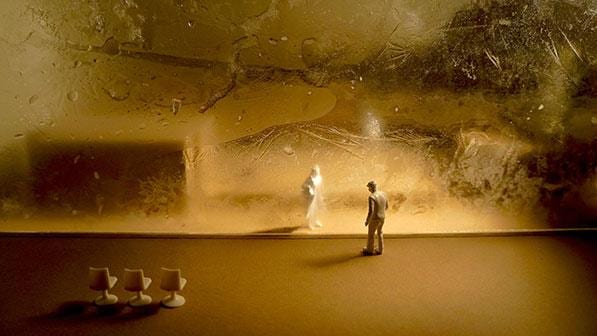By Scott Palmer
Scenography:
- Advocates a more active intervention and a holistic approach to design for performance in which the design of space is central – a space created for performing bodies to interact with other than against (space, object, material, light and sound)
- “the seamless synthesis of space, text, research, art, actors, directors and spectators that contribute to an original creation” (Howard, 2002: 130)
- “it is concerned with audience reception and engagement” (McKinney and Butterworth, 2009:4)
Pitches, J., and Popat, S. (ed.) (2011) Performance Perspectives: A Critical Introduction. New York: Palgrave Macmillan



